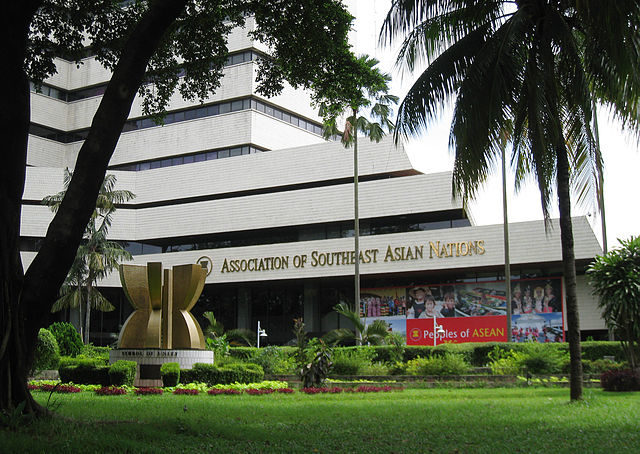Boosted by favorable global conditions, economic growth in the ASEAN+3 region is projected at 5.4% in 2018, down slightly from 5.6% in 2017 but still robust, underpinned by resilient domestic demand and export growth, says a new report from the ASEAN+3 Macroeconomic Research Office (AMRO).
“With improving external demand, growth in the region is expected to be sustained at 5.4% for 2018 and 5.2% for 2019,” said AMRO chief economist Dr. Hoe Ee Khor. “However, in view of the risks of tightening global financial conditions and trade protectionism, it would be prudent for policymakers to prioritize financial stability over the economic growth objective.”
Despite resilient domestic demand and stronger external demand for exports, the region is facing two near-term risks, according to “ASEAN+3 Regional Economic Outlook 2018,” or AREO, AMRO’s annual regional publication.
These challenges are faster-than-expected tightening in global financial conditions led by the U.S. Fed’s interest rate hikes and an escalation of global trade tensions.
“If these risks materialize, there would be spillovers to the region through capital outflows, higher borrowing costs, and lower trade and investment flows,” said AREO.
The report assesses the regional economic outlook and financial stability in the region, which includes 10 members of the Association of Southeast Asian Nations and China (including Hong Kong), Japan, and Korea.
Improving external demand has allowed the region to build up buffers further against potential external shocks. Regional exchange rates have become more flexible in recent years, and have played a greater role as a shock absorber.
Looking at the individual economies, Brunei Darussalam is seen to grow by 1.6% in 2018 and 3.4% in 2019 year-over-year; Cambodia 6.8% in 2018 and 2019; China 6.6% and 6.4%; Hong Kong 3.4% and 3%; Indonesia 5.2% and 5.3%; Japan 1.3% and 0.7%; Korea 2.9% and 2.8%; Lao PDR 6.8% and 7.1%; Malaysia 5.3% and 5.0%; Myanmar 7.0% and 7.4%; Philippines 6.8% and 6.9%; Singapore 3.0% and 2.8%; Thailand 3.9% and 3.7%; and Vietnam 6.6% for both 2018 and 2019.
Manufacturing for exports strategy being tested
In this year’s edition, the report also noted that the “manufacturing for exports” strategy, which has been pursued by ASEAN+3 economies over the past few decades and which has created a strong and self-reinforcing dynamic to boost economic growth, employment, productivity, and wages, is now being put to the test.
The paper said this challenge involves structural changes in the evolution of global value chains which now show signs of plateauing with enhanced domestic productive capacity that allows countries to produce instead of import intermediate inputs.
“Balanced against these forces is growing intra-regional final demand, which is absorbing more regional exports and can help cushion the external shock of protectionism.”
Moreover, technology has proven to be a double-edged sword in the “manufacturing for exports” growth dynamics. On the one hand, with technology and automation, manufacturing will no longer generate employment opportunities as in the past. On the other hand, technology has facilitated the emergence of the services sector as a potential new engine of economic growth and employment.
“To respond to these challenges, the region as a whole should strengthen intra-regional connectivity and integration to meet growing intra-regional demand and improve the resilience of the region against external shocks. For individual economies, the key recommendation is to build resilience through multiple engines of growth, including through the growing services sector,” said the report.
“The ample resources and diversity in development within the ASEAN+3 region are sources of strength,” says Khor. “The region should improve connectivity through investment in infrastructure with trade facilitation policies, grow a vibrant services sector, and develop a skilled labor force through labor upskilling, immigration, and education.”
Photo: Gunawan Kartapranata









